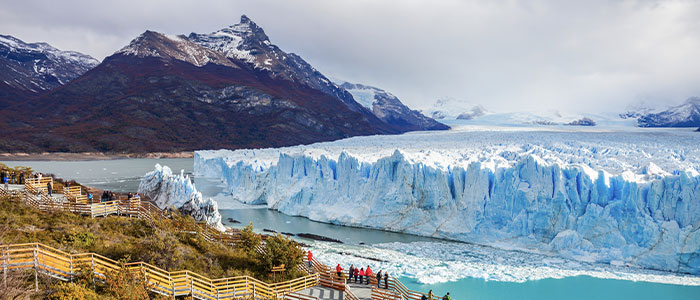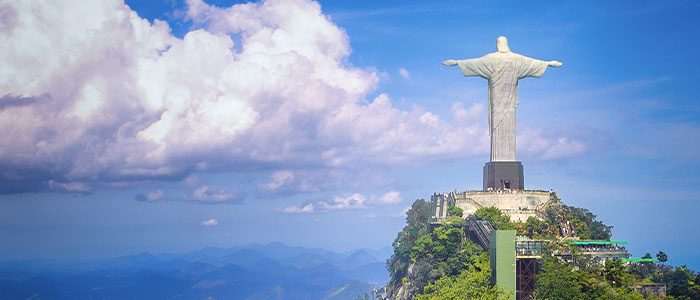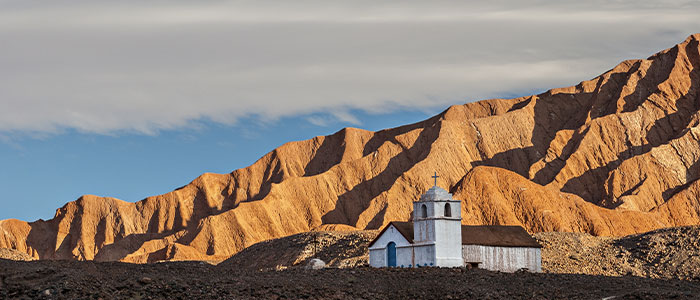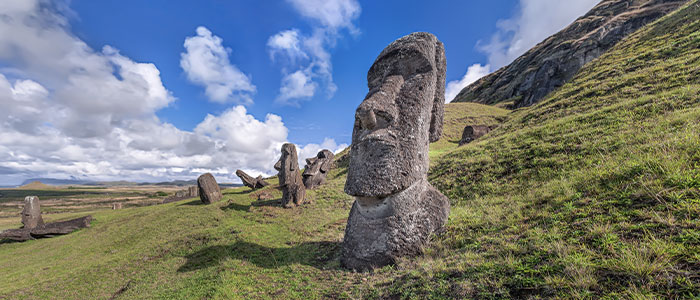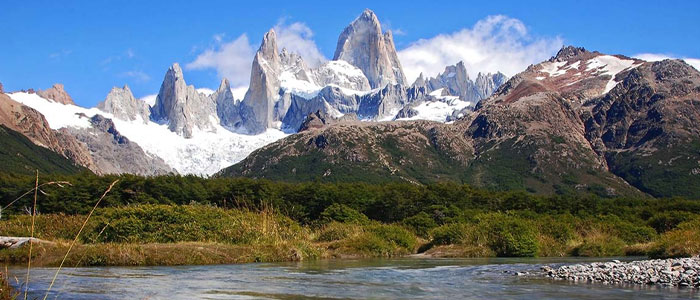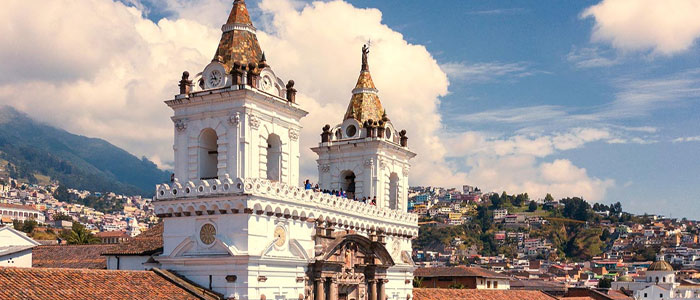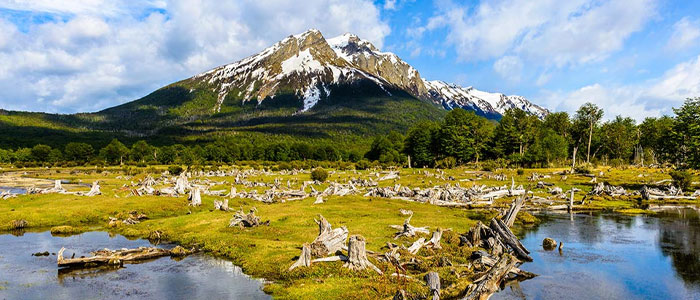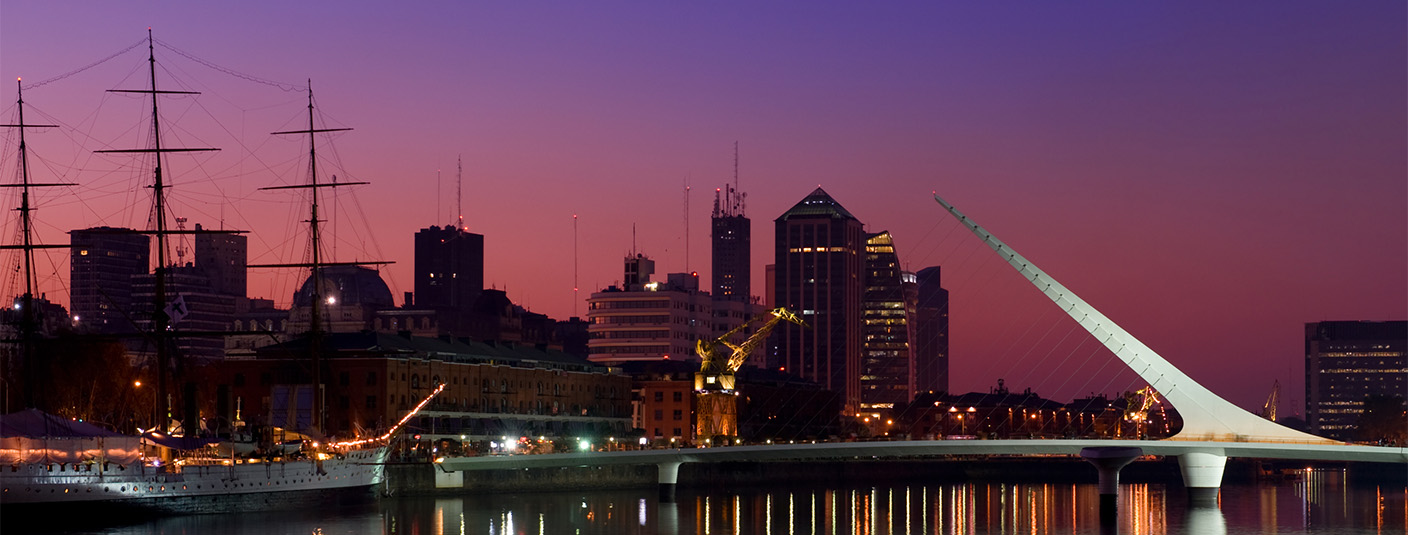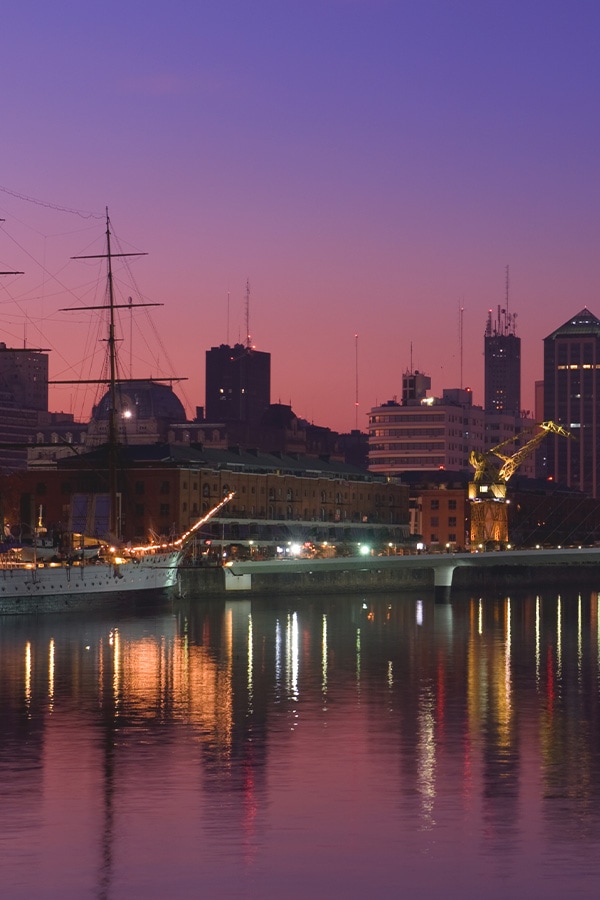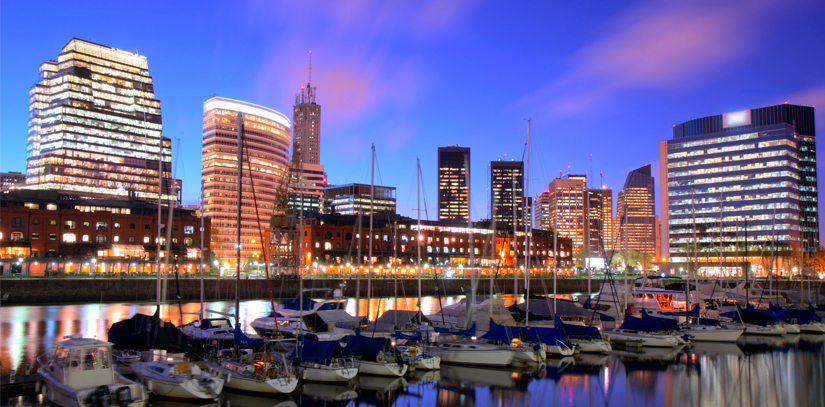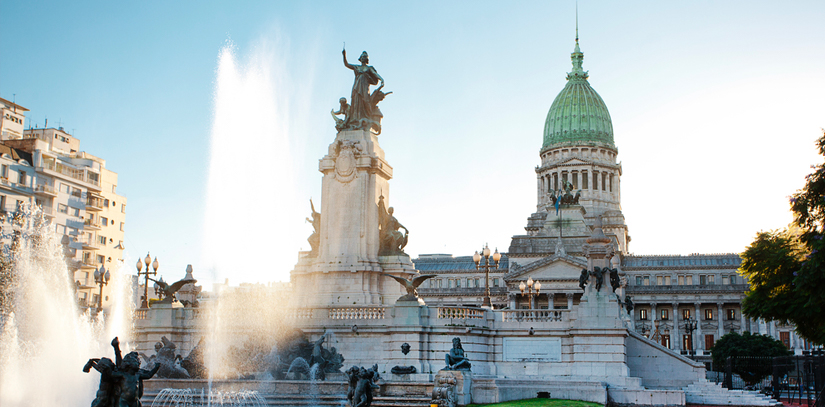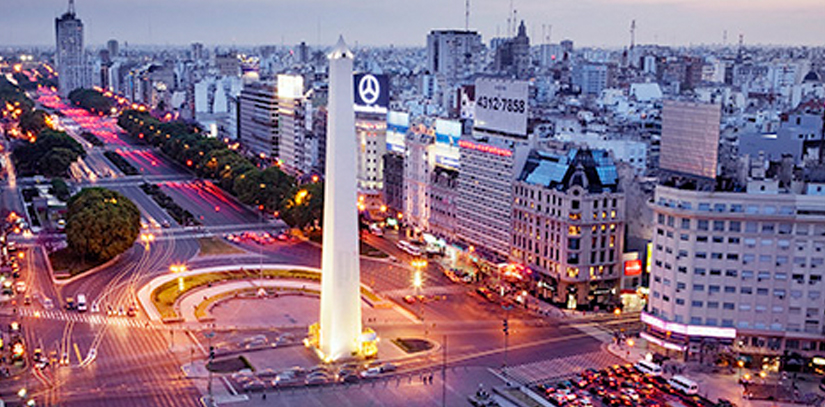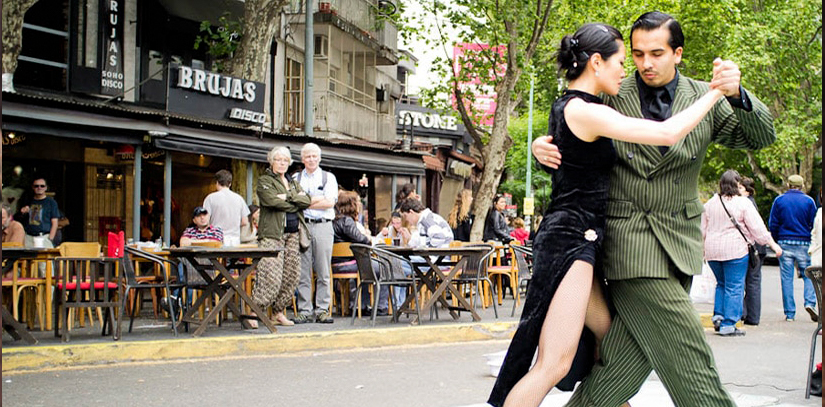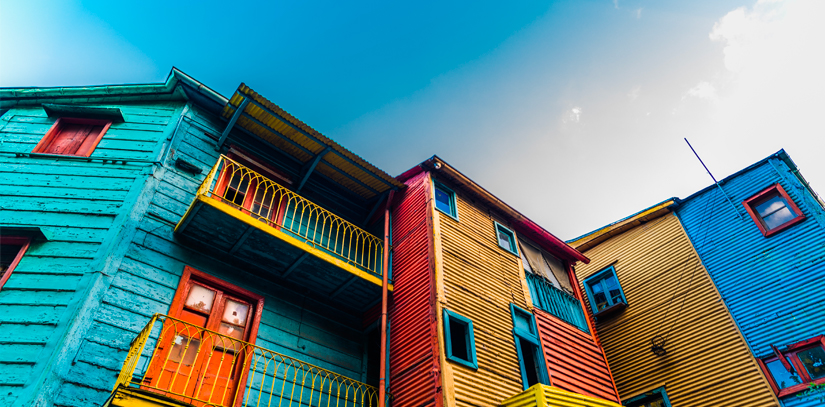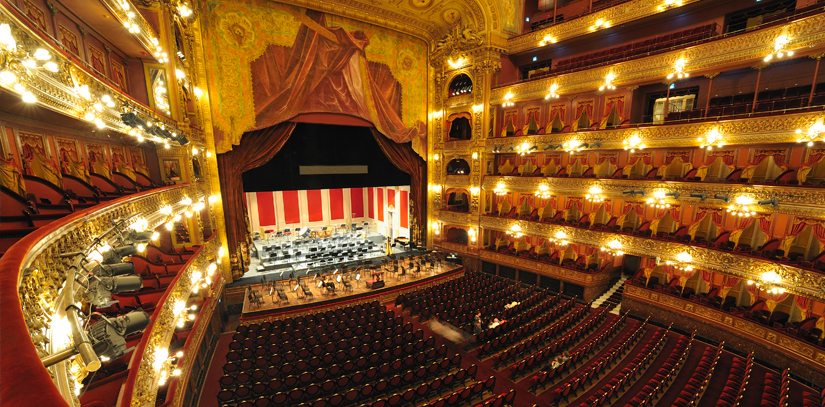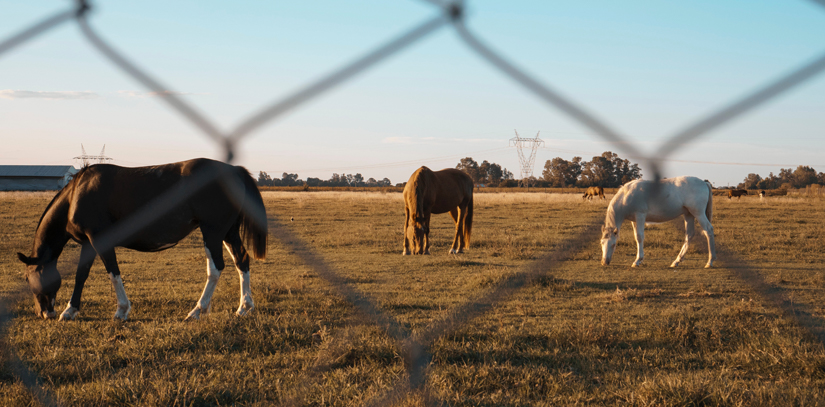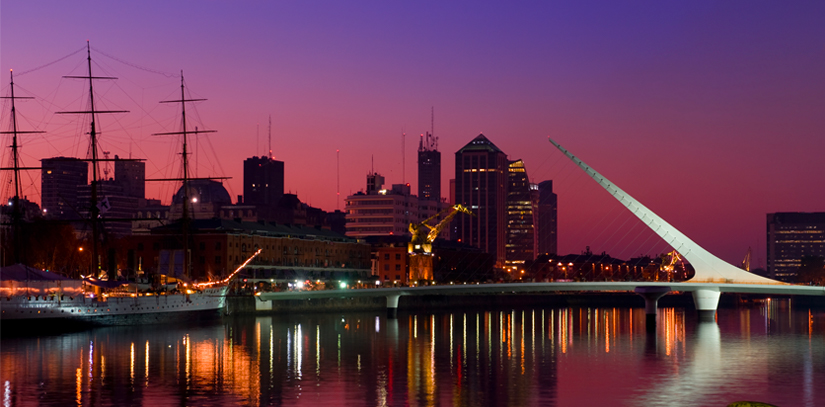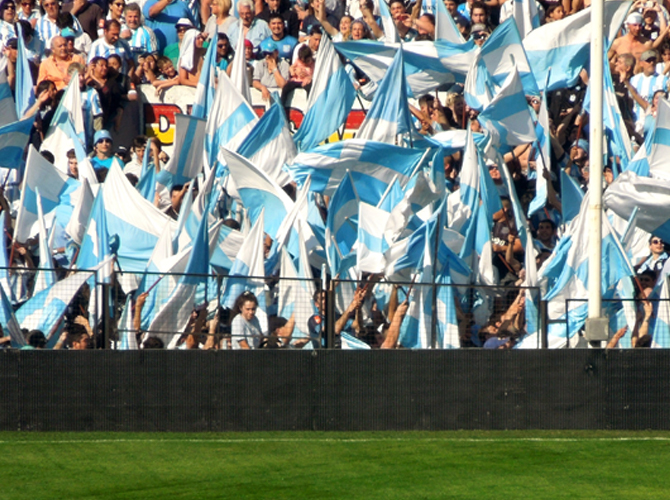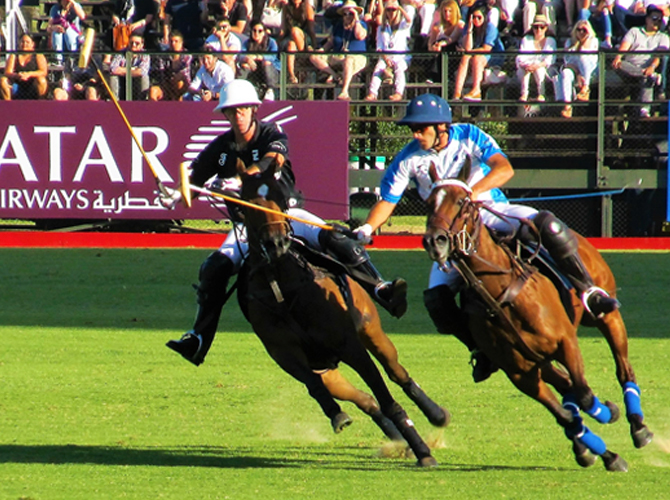Argentina is the third largest beef exporter worldwide and each person consumes about 68 kg of a year, making it the world’s chief beef consumer. Therefore, it is no surprise that cuisine in its capital city is known for delicious asados (beef barbeques) served at restaurants called parillas which specialize in this style of cooking over a grill or open flame. Vegetarians need not worry, however, as the city is seeing a semi-boom in veggie-friendly restaurants popping up within the last few years and especially in the bohemian Palermo district. As expected from the heavy influence of Italian culture, pizza in Buenos Aires is some of the best around and Italian eateries feature an array of delectable pasta dishes. Finally, there is no shortage of international fare with Thai, Chinese and even Arabic restaurants available to please the palette of any visitor.
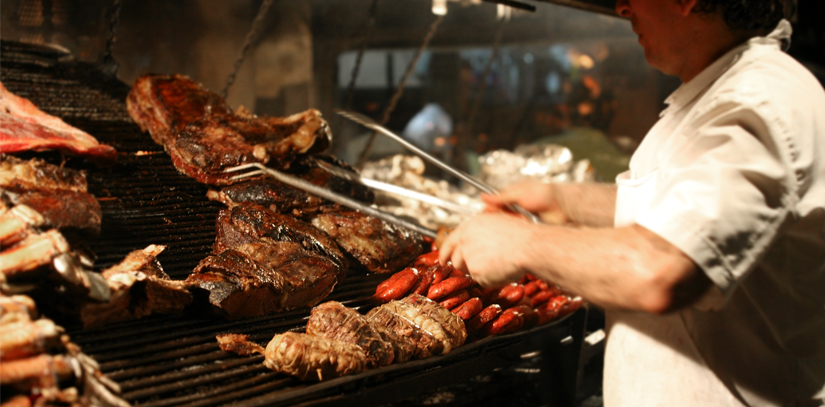
Krishna, Malabia 1833, - $6-$11 - Tel: +54 (11) 4833 4618
Situated on the end of Palermo Viejo Square, the hip and culturally-vibrant neighborhood of Buenos Aires, this vegetarian restaurant serves up delicious Indian-inspired dishes at wallet-friendly prices. Specialties here include vegetable empanadas, homemade ricotta, sautéed vegetables, curry, and chapattis. The exterior of the restaurant is unabashedly humble, but the interiors of this quaint eatery are nothing but with bright walls, mosaic-decorated tables and comfortable cushioned low-level seats covered with multi-colored Indian-influenced patterns. Krishna is the perfect choice for travelers looking for a leaner but still appetizing meal in the city.
Bio, Humbolt 2199, $12 and over - Tel: +54 (11) 4774 3880
Mains: 16-20 pesos (£2.70-£3.40)
Calling itself the first organic restaurant in Buenos Aires, this vegetarian and vegan-friendly locale is located in the charming and artsy neighborhood of Palermo Viejo. Dishing up 100% organic meals in a lovely, country house-like locale, Bio is a favorite among the young Buenos Aires crowd looking for a lighter dining alternative in the beef capital of the world. Every meal comes with an appetizer of freshly baked bread with a delicious carrot spread and travelers are recommended to try the vegetable lasagna, Thai rice, pumpkin and fennel salads, and deliciously-seasoned couscous and quinoa platters with steak-sized tofu served alongside. The refreshing ginger lemonade is a great way to top of a delectable meal at this restaurant.
Siga la Vaca, Avenida Alicia Moreau de Justo 1714, $12 and over - Tel: +54 (11) 4315 6801.
Various locations throughout.
Visitors looking to get a great value on an asado meal should look no further than this buffet-style restaurant situated in the up-and-coming waterfront district of Puerto Madero, but with other locations throughout the city. The tenedor libre policy of all-you-can-eat for a fixed rate makes this locale a carnivore’s dream with a menu featuring juicy steaks, pork chops and sausages, all cooked over an open flame. Wooden chairs and tables, covered with white, immaculate linens and an extensive salad bar that sits atop a ceramic countertop island make for a simple but elegant atmosphere where diners can enjoy a hearty Argentine meal for a comfortable price.
Güerrín, Correintes 1368, $6 and under – Tel: +54 (11) 4371 8141
A Buenos Aires institution, this family-run pizzeria is considered by many locals as the best in the city. Located on the bustling Avenida Corrientes in the city center, and only a few blocks from the famous Obelisk monument, this modest and some might say plainly decorated eatery might lack attractive décor but certainly makes up for it with its menu of delectable pizzas. With a crust that’s crisp and golden on the outside but soft and doughy on the inside, and toppings galore to choose from, diners will love the pizza here. Beef or chicken-stuffed, baked empanadas also come highly-recommended at this very popular pizza joint.
Café Tortoni, Avenida de May 825-9, $2 - $7, Tel: +54 (11) 4342 4328
This 100-year-old haunt is probably Buenos Aires’ most famous café. Situated in the historic city center, this elegant and luxurious bistro was founded in 1858 and has served some of the most recognized Porteño’s, such as poet Jorge Luis Borges and Tango legend Julio de Caro. To eat at Café Tortoni is to walk back in time with beautiful wood finishes, stain glass ceilings and marble columns all wonderfully preserved bringing this celebrated institution to life. With standard cafeteria fare such as lomo (steak) and turkey sandwiches, a variety of cakes and excellent coffee and tea, and nightly Tango shows in one of the many salons of the locale, this café should not be missed.
Cabaña las Lilas, Alicia Moreau de Justo 516, $12 and over, Tel: +54 (11) 4313 1336,
Considered by many as the best parrilla in all Buenos Aires, this Puerto Madero steakhouse serves up cuts from its own private ranch. Located on the docks of Puerto Madero, visitors to this celebrated restaurant will not leave hungry. The best cuts to choose from include the rib-eye, baby beef and the thin skirt steak but don’t miss out on the deliciously grilled sweetbreads. Beforehand, waiters will bring diners a spread of mozzarella, olives, dried tomatoes and garlic bread and your entrée will be accompanied by a fine Argentine wine from the well-stocked wine-wall. With indoor and outdoor seating in this spacious restaurant that boasts classy décor but a casual atmosphere, this is the ideal place for a true Argentine steakhouse experience.
La Cabrera, Cabrera 5099, $15 - $20, Tel: +54 (11) 4831 7002
In the trendy neighborhood of Palermo Soho lies this immensely popular steakhouse that has locals and tourists typically waiting half an hour (without reservations) for a table. Yet, with a complimentary glass of champagne in hand and the excellent dinner that awaits them, guests are happy to stand on line for a dinner of excellent cuts of meat and modern takes on classic side dishes such as beet purée or mashed pumpkin with a raisin garnish. With attentive service in a friendly-atmosphere, this top-rated restaurant is sure to please diners.
Piegari, Posadas 1042, $14 - $35, Tel: +54 (11) 4328-4104
With over half the population of the city coming from Italian origin, Buenos Aires had Italian eateries just about everywhere. One of the best, however, can be found in the upscale neighborhood of Recoleta. Specializing in Northern Italian cuisine, with an emphasis on pasta and seafood, this formal restaurant serves a variety of delicious risottos, homemade spaghetti, black salmon ravioli and a crispy pan pizza, to name a few. One main entrée is large enough for two and the selection of wines is vast and varied, making a meal here the perfect Italian dining experience in the “Paris of South America”.


